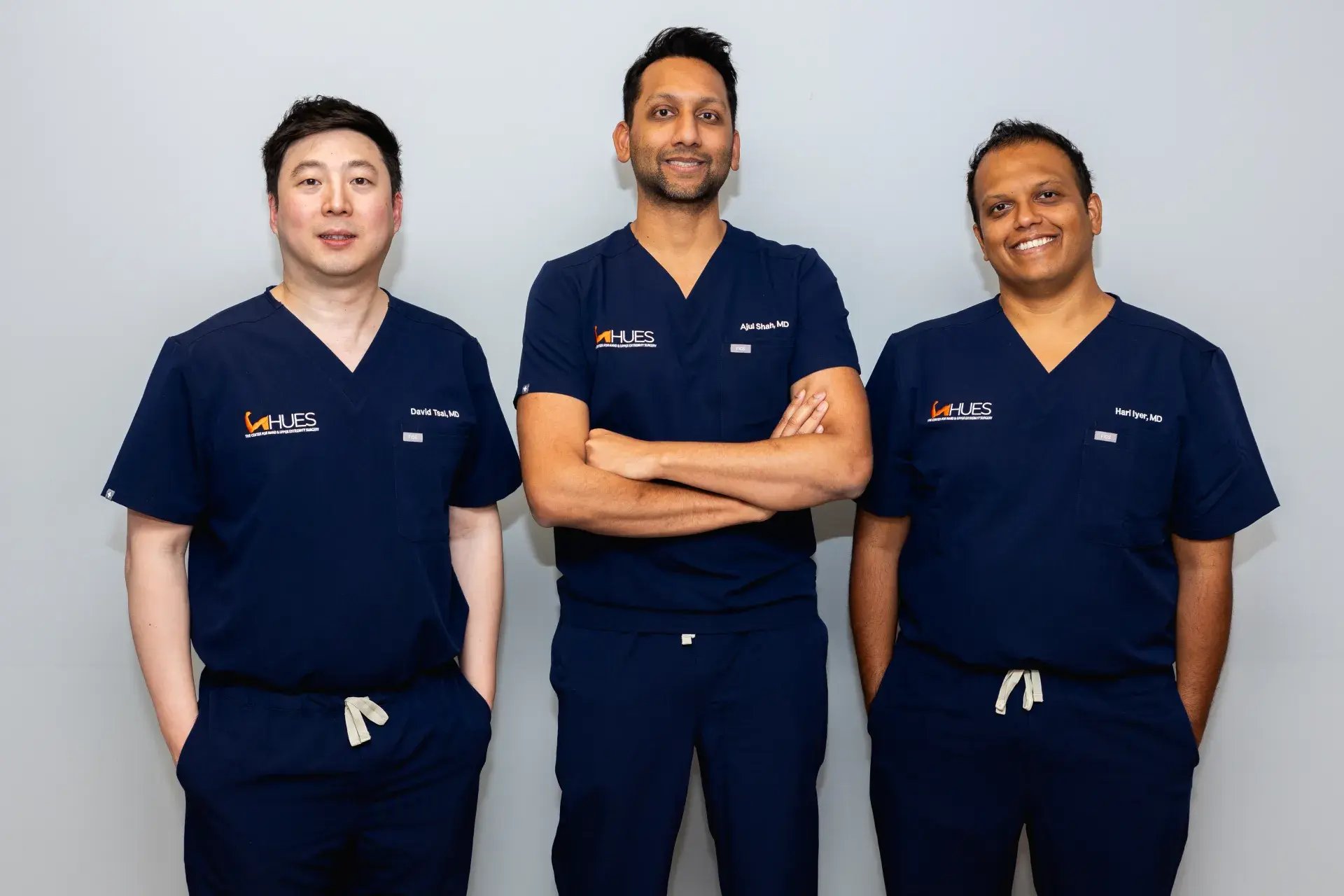Nerve injuries can be frustrating and may take months to fully heal. Our goal is to provide personalized care to help you regain function, alleviate discomfort, and support you on your journey to recovery. Our doctors and surgeons treat hundred of nerve injuries each year, including:
Nerve Lacerations
Nerves injuries from cuts, such as the infamous “avocado hand” are common and can result in the loss of feeling, movement, or function in the injured area,
The brachial plexus is the “command center” for upper extremity nerves – all functional nerves of the upper extremity originate from the brachial plexus.
Wrist drop, also known as "drop wrist" or "Saturday night palsy," is a condition where you can't lift or extend your wrist and fingers. It usually happens because of nerve compression or injury, like putting too much pressure on the radial nerve during sleep.
Parsonage-Turner Syndrome, also known as Brachial Neuritis, is a rare condition that causes sudden shoulder pain and weakness. It occurs when the nerves in the shoulder and upper arm become inflamed, leading to discomfort and difficulty moving the affected arm.
Nerves of the upper extremities can be subject to excessive pressure, known as “compression” or “pinching” of the nerve. This may cause numbness and pain in certain areas of the body. The compression of different nerves may lead to a nerve compression syndrome, such as: carpal tunnel syndrome, cubital tunnel syndrome and radial tunnel syndrome.
Treatments for Nerve Injuries
Nerves have limited regenerative capacity, making the recovery process tedious for some. On average, nerve regeneration may take weeks to months, and in some cases, it can take years for complete recovery. Seeking prompt care for nerve injuries is essential to minimize the potential long-term impact on a person's overall health and quality of life. Effective management of nerve injuries often involves a multidisciplinary approach, including physical therapy, pain management, and sometimes surgical interventions.
Non-Surgical Treatments
Physical Therapy
Physical therapy focuses on exercises and techniques to improve strength, flexibility, and range of motion. Therapists work to alleviate symptoms by targeting specific muscles to reduce pressure on affected nerves.
Medication
Over-the-counter or prescribed medications such as nonsteroidal anti-inflammatory drugs (NSAIDs), corticosteroids, or pain relievers might be used to manage pain, inflammation, and discomfort associated with nerve compression. In some cases, neuropathic medications may be prescribed to manage nerve-related pain.
Splinting or Bracing
Wearing braces or splints can help alleviate pressure on nerves by keeping the affected area in a proper position, reducing strain and allowing for healing. For instance, wrist splints are often used in carpal tunnel syndrome to keep the wrist in a neutral position, relieving pressure on the median nerve.
Steroid Injections
Corticosteroid injections can help reduce inflammation and alleviate symptoms by targeting specific areas of nerve compression. These injections are often used in conditions like sciatica or certain types of nerve entrapment to provide temporary relief.
Surgical Treatments
A nerve graft is like a repair job for a cut or damaged nerve. To fix it, doctors use healthy nerve tissue from another part of your body (autograft) or from a person who has passed away (allograft). This new nerve tissue acts like a bridge, connecting the broken parts of the damaged nerve. It fills the gap and helps your nerves heal and grow back together.
A nerve transfer is a technique used to fix an injured nerve by linking it to healthy nerve tissue. In contrast to nerve grafts, the donor nerve isn't taken out and moved to a different spot. Instead, it is disconnected at one end and attached to the cut end of the damaged nerve.
TMR is a novel surgical procedure for patients with limb loss. The procedure involves the transfer of nerves that once controlled the amputated limb to reinnervate (restore function to) the remaining muscles. Following surgery, the nerves grow back into the new muscles, decreasing and potentially preventing misdirected nerve growth, which can contribute to pain within the residual limb.
Joint denervation surgery permanently removes the nerves responsible for transmitting pain signals without interfering in the mechanics of the joint to eliminate the sensation of pain. The Center for Hand and Upper Extremity Surgery is one of only a handful of surgical centers in the world with the expertise to perform specialized nerve surgeries, such as joint denervation.
Nerve Decompression Surgery is a special procedure that helps ease pressure on the nerves in your hand and upper limbs. Instead of just dealing with the symptoms, this surgery addresses the source of pain by removing soft tissues and structures that trap or irritate the affected nerve.


